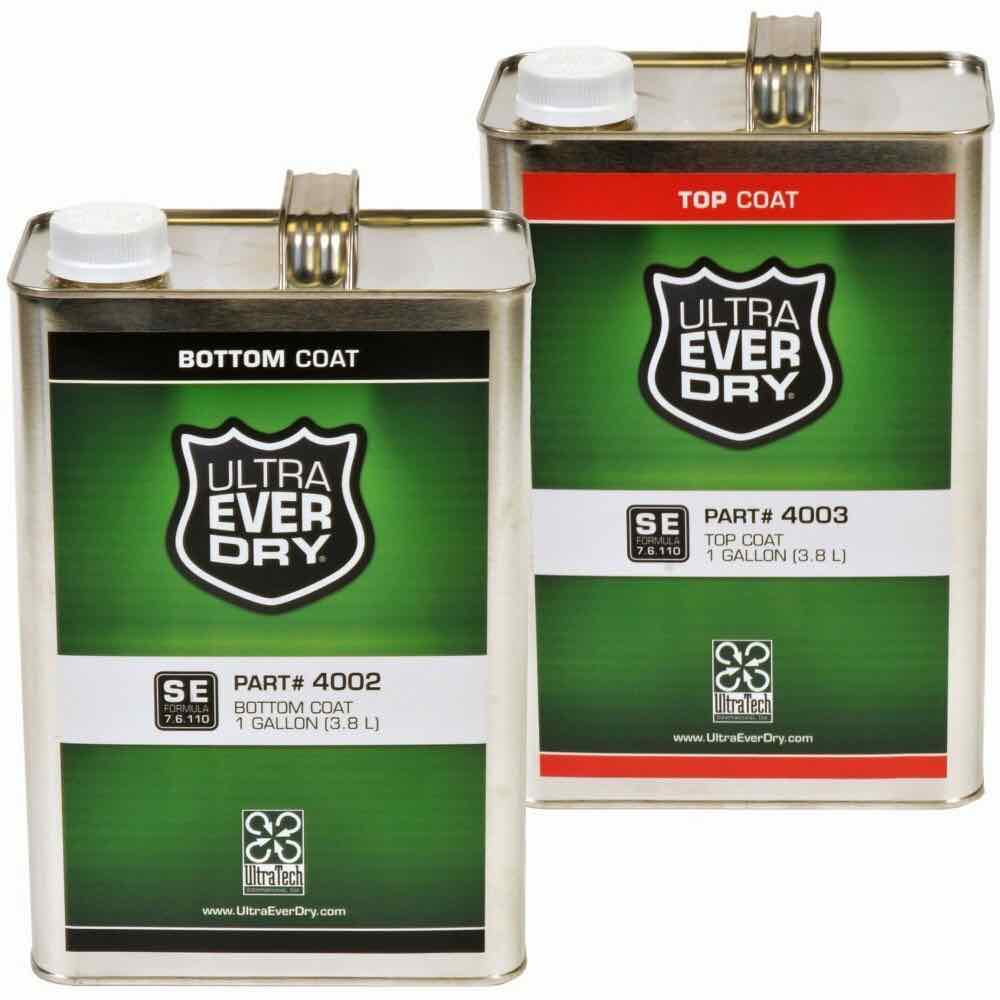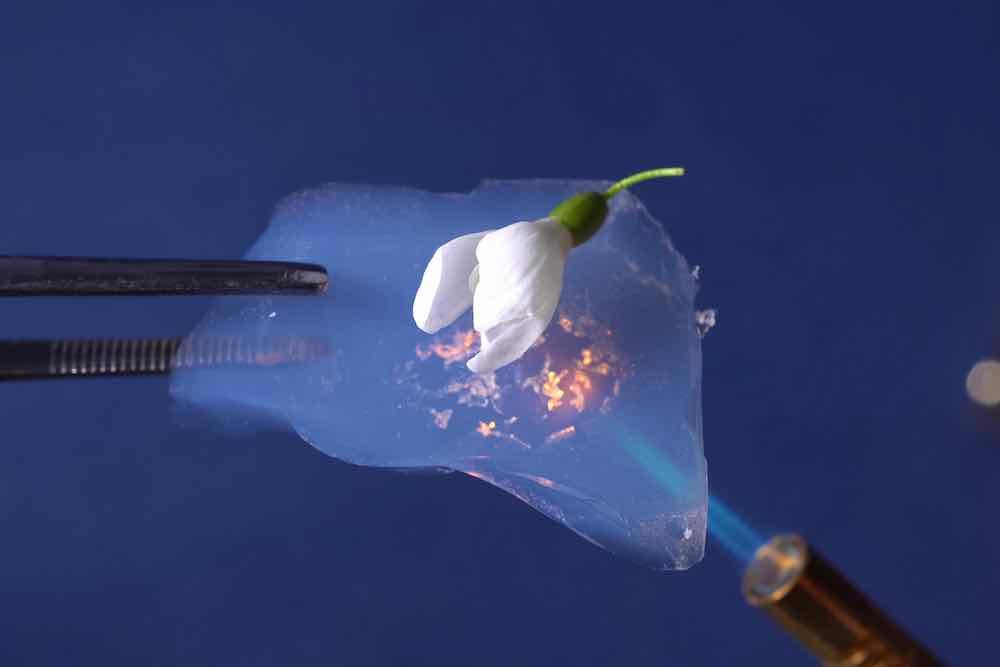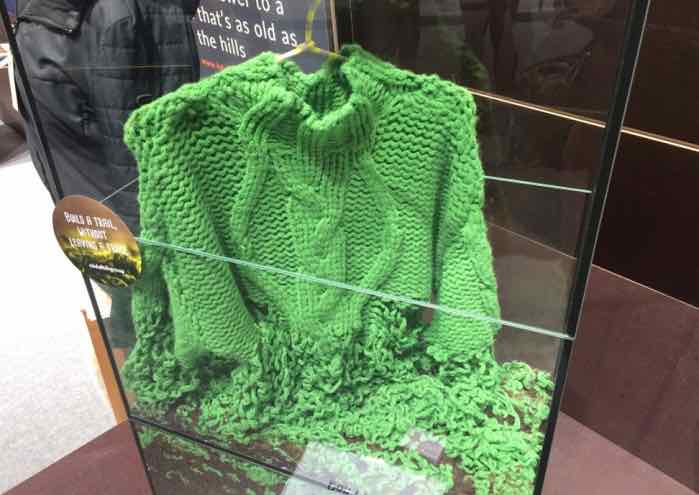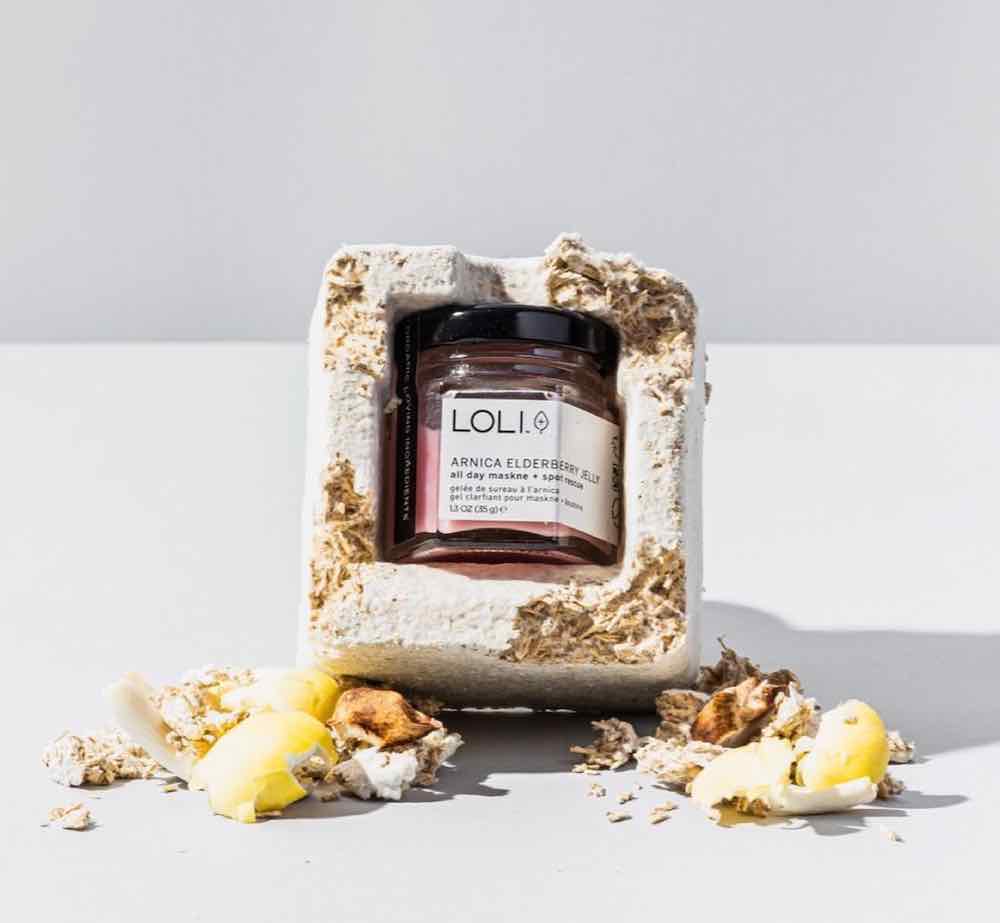The one thing that never fails to spur on technological advancements is the discovery of new materials. Just think of what the invention of plastic and steel alloys have done for society. We’ve barely scratched the surface of what this planet’s resources are capable of, and the future is looking bright if we want to optimally use – and preserve – those resources.
Let’s take a look at some new materials that science is currently working on that’ll change our future in some pretty massive ways.
Ultra-Ever Dry
I know, they need to work on the name. It sounds like one of those stupid overpriced things they try to sell you on the TV at hours when no one should really be watching TV in the first place. This isn’t anything like that – it’s a material for a sort of coating that gets some pretty wild results. It can repel oil, mud, paint and water like it’s nobody’s business.

Aerogel
This material is currently already used in things like wetsuits and nuclear weapons. It’s easily one of the lightest materials on the planet since it’s made out of 99.98% air. Despite this, it’s still a proper insulator because of its surface to volume ratio. If you’d compare it to a real life surface, a cubic inch of aerogel would probably have about as much internal surface area as a football pitch.

BioWool
As the name pretty much implies, this is a biological polymer that sort of emulates the use of wool. It’s made entirely from waste and current estimates claim that it would fully degrade in two years when buried in the ground. So basically, all the waste that gets turned into BioWool disappears miraculously, but not after being very useful first.

Carbon Nanotubes
If these sounds like tiny tubes made of carbon, you’re absolutely right. The main purpose for these bad boys is micro/nanochip manufacture and the automotive industry. It’ll make our cars, airplanes, space shuttles and cellphones smarter, without making them bigger! Well, at least it’ll make them a lot smarter if it makes them bigger.

Mushroom Packaging
This is basically a green version of Styrofoam. It creates a material out of grown-together fungal threads called mycelium and it can pretty much be formed into any shape you’d want. Like most things people are making these days, it’s fully biodegradable. There’s no telling what this will do for our future in packaging!


